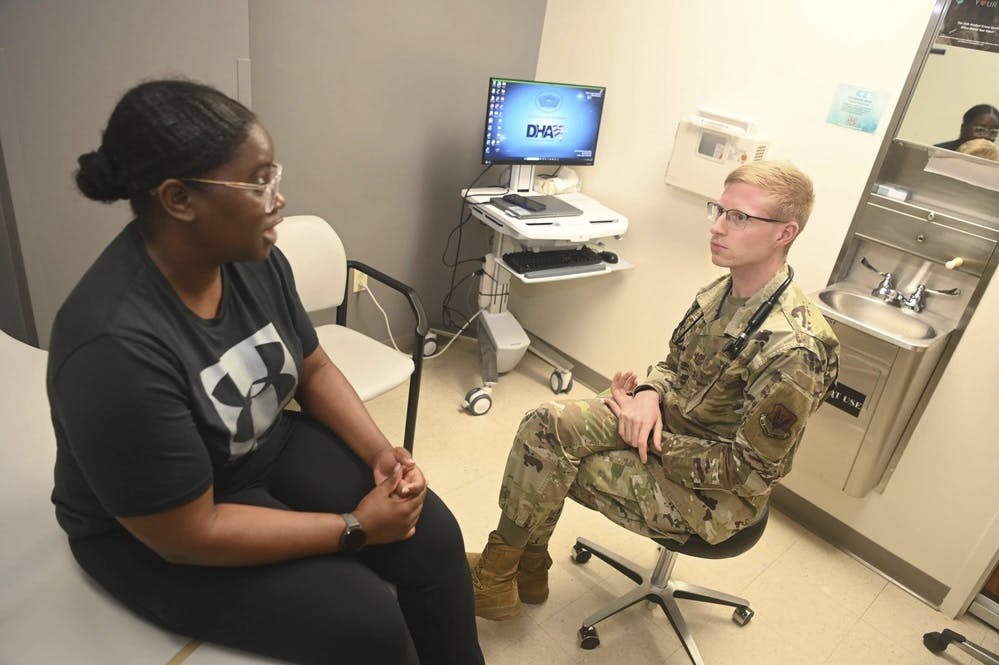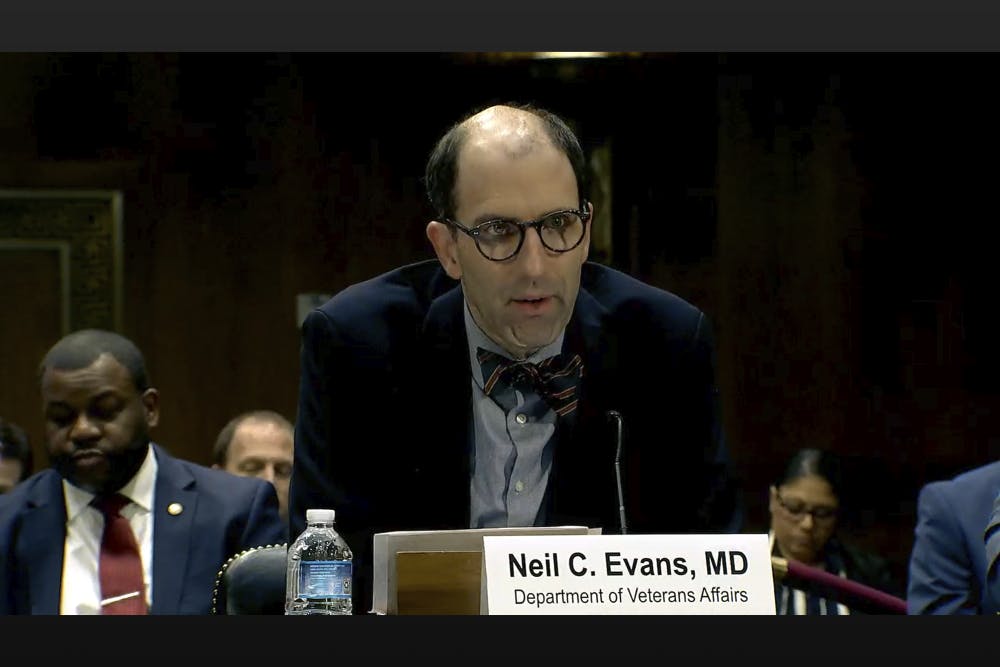Data dashboards and visualization tactics are helping the Department of Veterans Affairs better deliver veteran-facing services, including innovative applications, health care and benefits.
VA has several platforms and dashboards that provide data to tens of thousands of users across the field to support health care operations and benefit delivery. Over the past decade, traditional data warehouse technologies and schemas have supported these activities, primarily through VA’s corporate data warehouse. Now VA is investing in advanced analytic tools and modern cloud infrastructure to move away from the traditional, siloed approach of data management and more toward a self-service, low-code/no-code approach that enables VA to unlock the value of data, provide timely insights and improve visual dashboards.
“VA’s corporate data warehouse has been the bread and butter for our data dashboarding for the last 15 years. Over the last two years, we’ve really been focused on modernizing our data analytics ecosystem and looking at leveraging native cloud capabilities, SaaS products and more modern architecture and tools to drive faster time to insights,” Denise Kitts, VA’s Chief Data Technology Officer, told GovCIO Media & Research.
There are several different methods helping VA derive insights and visualizations from its data. While most of its data is already digitized, teams are also using optical character recognition (OCR) to process records that are still paper-based, like some veteran claims. OCR enables VA to convert the data into structured digital format. After conversion, the agency can apply more tools to better analyze, sort and visualize data extracted from the files.
This process has been supporting the agency’s disability claim processes.
“VA uses VistA as our electronic health record, where data is already stored in digital for format, but health care data is complex — it’s nuanced. So we rely heavily on subject matter experts to be deeply involved in the process of cleaning the data and transferring the data into accurate insights,” Kitts said.
Once VA digitizes data, cloud-based tools and technologies are helping to process the data and display the visualization. This is where natural language processing is helping to extract insights from unstructured data, like clinical notes from EHRs.
An integral part of data visualization, especially for the EHR modernization program, is cross-agency collaboration. VA is partnering with the Defense Department to better track an individual’s journey from service member to veteran.
“The joint EHR … is going to greatly increase the opportunity or meaningful digging and sharing across the service member and veteran’s journey. Now, we have a single patient record that starts at a accession and moves with the service member through transition all the way into the veteran’s journey,” Kitts said. “Just by that nature of having a single instance, it’s going to reduce a lot of the barriers that we have traditionally had with sharing data between the two departments.”
Over the past year, DOD and VA have partnered to develop the joint data analytics strategy and plan of action from an enterprise approach. The plan is to share insights and machine-learning models, and also develop a joint data catalog to document where data lies within the two departments.
“We’re taking a step back — we’re looking at regulations, policies and laws that have been in place for a number of years, if not decades now — to see if they are limiting the sharing what’s happening between the two departments and try to optimize the data sharing,” Kitts said. One success from VA’s data efforts was the launch of the COVID Patient Manager, which uses real-time clinical data to assist emergency room doctors in determining the appropriate disposition and treatment for people with COVID-19. The SMART on FHIR application integrates with VA’s both Cerner and VistA EHRs.
Kitts said that VA is also close to publishing its data and analytics strategy, and there are several priorities outlined for the agency moving forward.
“The document is really focused on how we mature our data management practices and how we accelerate data analytics,” Kitts said. This includes developing that enterprise information model. In the aim is for the strategy to have two components: a veteran information model and a business information model.
“Once we have these trusted data sets, the idea is curate once, use in many places. Another big effort is the development of an enterprise data catalog,” Kitts said. “We think the use of an enterprise information model to curate trusted data products, and then catalog those trusted data products, is just going to accelerate the ability to do data analytics — where people can stop focusing on how to find the data and if its trusted — and focus in on analytics.”
Looking into the new year, one of VA’s top priorities will be aligning to the Office of Management and Budget’s (OMB) zero trust memo.
“We are taking a close look at [the memo] and making sure we respond to all the requirements. One of our initial priorities, in terms of projects, will be performing some automation around data categorization and labeling sensitive data. So, that’s got our initial big push related to zero trust architecture,” Kitts said.

















